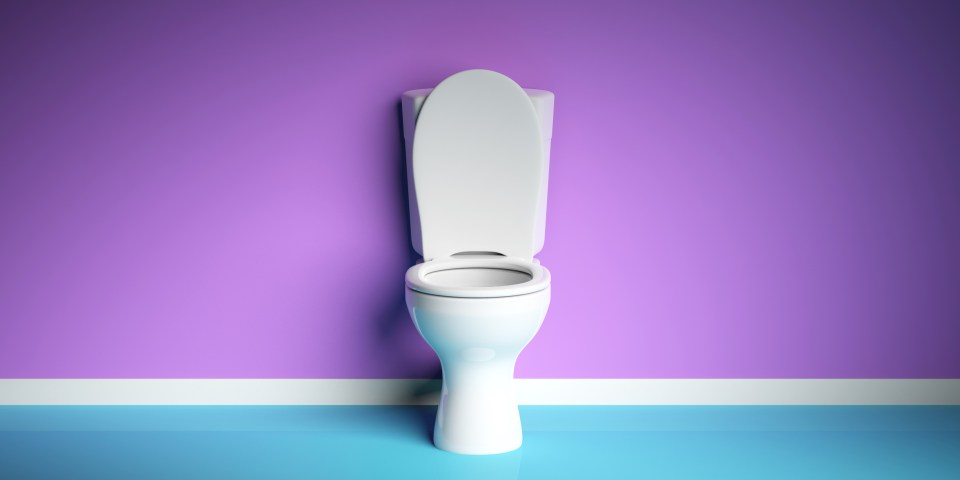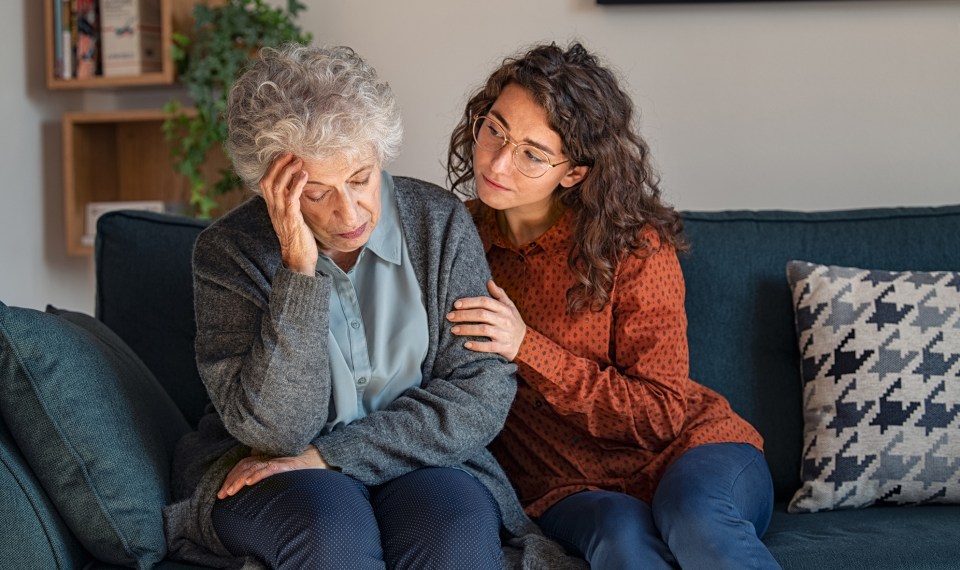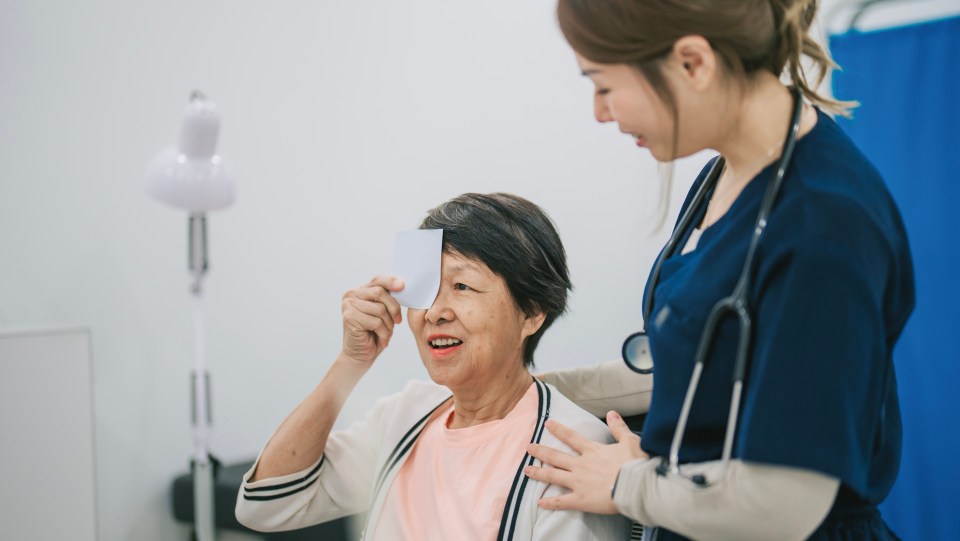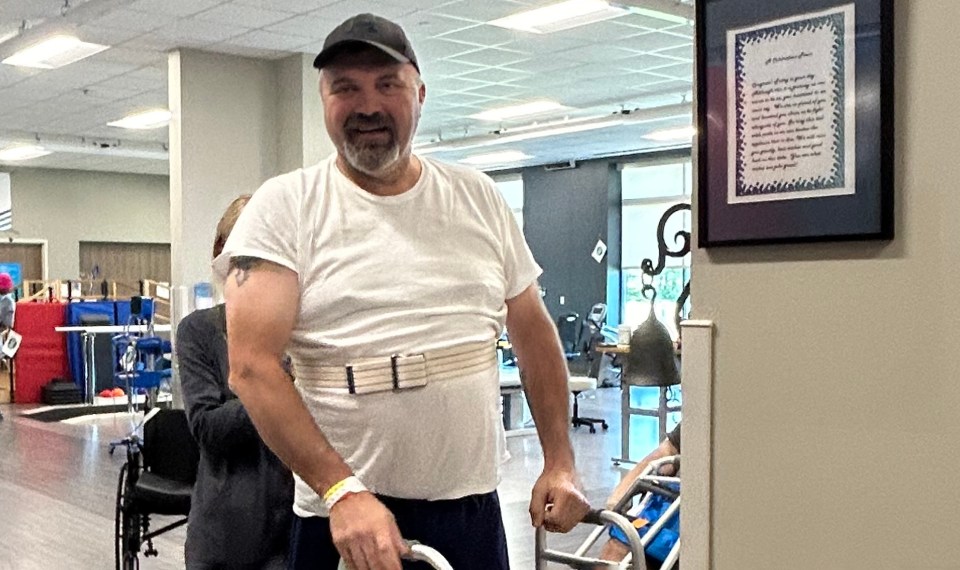While the effects of a stroke are unique to each patient, many common side effects are well known and widely discussed, such as muscle weakness and speech difficulty.
Though not as easy to talk about, incontinence is another widely experienced side effect that plays a large role in a patient’s recovery and discharge planning.
Not only is incontinence after a stroke a condition that has a great impact on patient self-esteem and overall wellness, but it also can be a predictor that a patient will need continued care after discharge from acute or post-acute hospitals, said Mary Ellen Hatch, vice president of nursing operations for Encompass Health. Incontinence can also lead to skin breakdown over time, and bladder infections, both of which can bring long-term issues.
“If a patient is incontinent, or they can’t clean themselves, they’re going to need a caregiver to help with these important hygiene tasks,” Hatch said. “If they don’t have a caregiver in the home, they may need to go to a nursing home.”
The reasons for incontinence after stroke are numerous, and at Encompass Health rehabilitation hospitals, plans are in place to identify those reasons, address them and work to improve them during a patient’s stay.
Laying a foundation for better bladder care
At Yuma Rehabilitation Hospital, a partnership of Encompass Health & Yuma Regional Medical Center, clinicians are taking bladder care to the next level, creating a specialized pilot program for stroke patients.
Clinicians at Yuma Rehabilitation Hospital put the program in place by operationalizing algorithms shared in Christine Cave’s interactive book, “Clinical Tools for Continence Care.”
Every stroke patient admitted to the hospital undergoes an assessment to determine function of the patient’s urinary system. Those with incontinence are placed into one of four programs based on their needs:
- retention program
- stress incontinence program
- urge incontinence program
- functional incontinence program
The majority of stroke patients at their hospital fall under the functional category, said Kristin Parra, the hospital’s chief nursing officer. These patients typically know that they need to use the restroom, but physically are unable to get there and may have limited muscle control upon admission to the hospital.
“A lot of times, nurses may think, ‘This patient knows they need to go to the bathroom; they are not incontinent and don’t need a bladder program,’” Parra said. “Rehab nurses know the functional side of it. Getting them up and helping them to the bathroom every two hours can help reduce accidents, and the prevention of accidents is crucial in maintaining promoting functional independence and helping patients get back home.”
On the functional, urge and retention program, nurses assist patients with toileting every two hours during the day, and every four at night. Patients are given dietary considerations and placed on a hydration schedule, as well. Therapy also works with patients on the stress program to strengthen pelvic floor muscles.
A regular bathroom schedule is common for the other three versions of the bladder programs, as well, and is a key piece of regaining continence.
“In some patients, you can build a pattern such that the patient can overcome whatever the neurological condition is because you’ve created an alternative method,” Hatch said. “Even if their bladder isn’t going to empty on its own, if we have them going to the bathroom and having it empty, it won’t ever reach the point of spillover and over time, they stay dry all the time.”
Positive outcomes in more ways than one
Yuma Rehabilitation Hospital began its comprehensive program in December 2018. From December 2018 to April 2019, 49.94 percent of patients admitted to the hospital’s stroke program were continent on admission. At time of discharge, 87.51 percent of patients were continent. The hospital has also seen a reduced fall rate since the program started, as patients on a regular bathroom schedule are less likely to attempt to get to the bathroom without assistance.
Patient and family education is also a key to the program’s success, with an emphasis placed on open communication and creating a routine that is maintainable once a patient is discharged.
The positive outcomes go beyond numbers, though, as patients and families have continually shared their gratitude that a difficult, sometimes embarrassing condition is something that doesn’t have to be experienced in silence.
“Patients and families have really appreciated it, because often the patient needs help and they don’t want to ask,” Parra said. “It’s that thing they don’t want to talk about. We go in and reassure them that this is normal after a stroke, and that we can help with this and help them regain independence. It’s always a relief.”
The content of this site is for informational purposes only and should not be taken as professional medical advice. Always seek the advice of your physician or other qualified healthcare provider with any questions you may have regarding any medical conditions or treatments.



